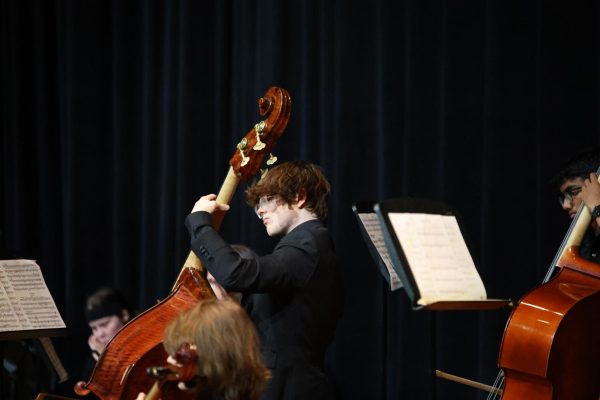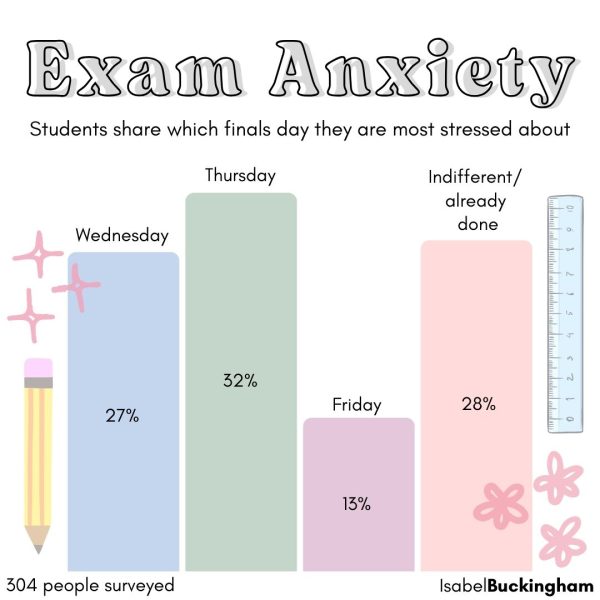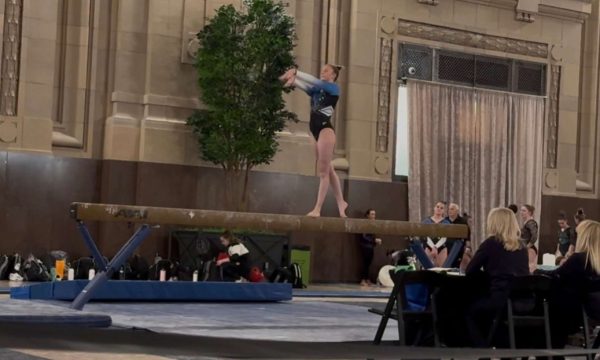Teachers implement project-based learning to improve students’ classroom experience
As many students may have noticed or heard, the Blue Valley district has decided to go in the direction of Project Based Learning (PBL). This type of learning is “a teaching method in which students gain knowledge and skills by working for an extended period of time to investigate and respond to an authentic, engaging and complex question, problem or challenge”, according to the Buck Institute of Education.
Science teacher and department chair Melissa McCarty recently went to Dallas, Texas, in order to further see the use of PBL in a classroom setting. She said this is “[something] we can keep developing in more and more classes as time goes on.”
“I definitely see this being something that we’re going to do for a long time,” McCarty said. “We think it helps them to understand the material, to remember it for a longer time, and then really be able to apply it in their life no matter where they go.”
Due to the change, there were fears that there would be negative feedback from students and parents alike. However, McCarty said the community has given the teachers and administration plenty of support.
“Parents are, I think, mostly supportive of what we’re doing in school,” McCarty said. “I think we’re really lucky to have so much support. I felt like students like it more, for the most part. It’s more engaging than just taking notes.”
Freshman Alex Ogren said she prefers projects to notes due to its creative approach.
“I think it’s more fun than learning from textbooks and taking notes,” Ogren said. “I don’t really like ‘sit-down-and-listen’ type of teaching.”
One of the main concerns students voice is an excess of projects, especially near the end of the semester. McCarty said she heard students complaining of an “overload of projects” around finals time, causing them to become “very overwhelmed.” Senior Zeke Sarvis said these feelings come from one of the main problems high school students face: procrastination.
“A lot of students I know, myself included, procrastinate things until the last minute,” Sarvis said. “A bunch of projects piling up all at once would probably be very detrimental to our learning and mental well-being.”
Due to his lower number of projects, Sarvis said that it’s “not as big of an issue.” On the other hand, Ogren said she worries about the amount of projects that she has to do, having done “around 10 to 15” in her first semester.
“A lot of people can over-complicate whatever they’re trying to accomplish,” Ogren said. “It can be hard to remember everything you need and everything you want to do, and having a lot of projects all at once never helps.”
Another issue students fear with the emergence of PBL comes with presentations, according to both Sarvis and Ogren. Many students experience presentation anxiety when they have to get up in front of the class. However, McCarty said “it is something that you’re always going to face in your world.”
“You’re going to have to present to somebody at some point,” McCarty said. “I think that developing skills like this are critical to succeeding later in life. I know that there are students who run into those kinds of issues, and so I think helping them on an individual basis and getting them a little bit better than they were before, and adapting to each student, then I think that will benefit them.”
Although it may seem like teachers are the ones benefiting from PBL, Sarvis said students can also gain a lot from the new type of learning.
“It allows students to explore areas of interest in greater depth,” Sarvis said. “They can devote more time to something that they feel they are pursuing, rather than getting assigned something by a person of authority.”
With the large amount of projects being given to students, creativity in the way the projects are run can fall short. Both Sarvis and Ogren said they did many research projects during their academic years. Despite the large numbers of projects, Ogren said her teachers still manage to bring creativity into the classroom setting.
“I know some of the teachers [assign creative projects], like Mr. [Gregg] Buehler,” Ogren said. “He did a lot of projects based on running, since he coaches cross country and track. There are a lot of other times when we’re given free reign over what we want to do, which I like, and there are times when the teachers are creative, too.”
Teachers do want to be able to provide interesting projects for their students, but at the end of the day, their main focus lies in one thing: educating their students.
“We want the students to understand things at a deeper level,” McCarty said. “We hope that the students can take the information with them for a longer time, instead of just memorizing it for a test and then forgetting it.”





